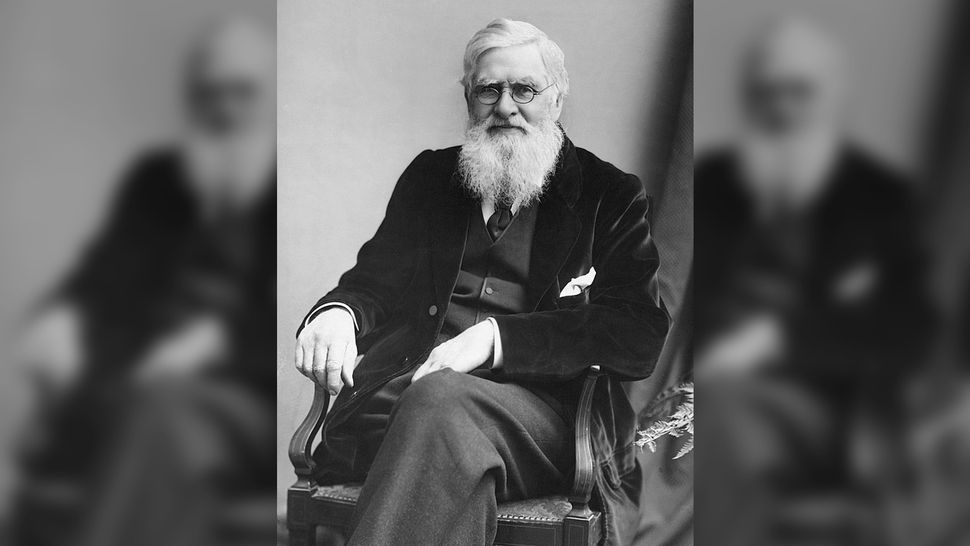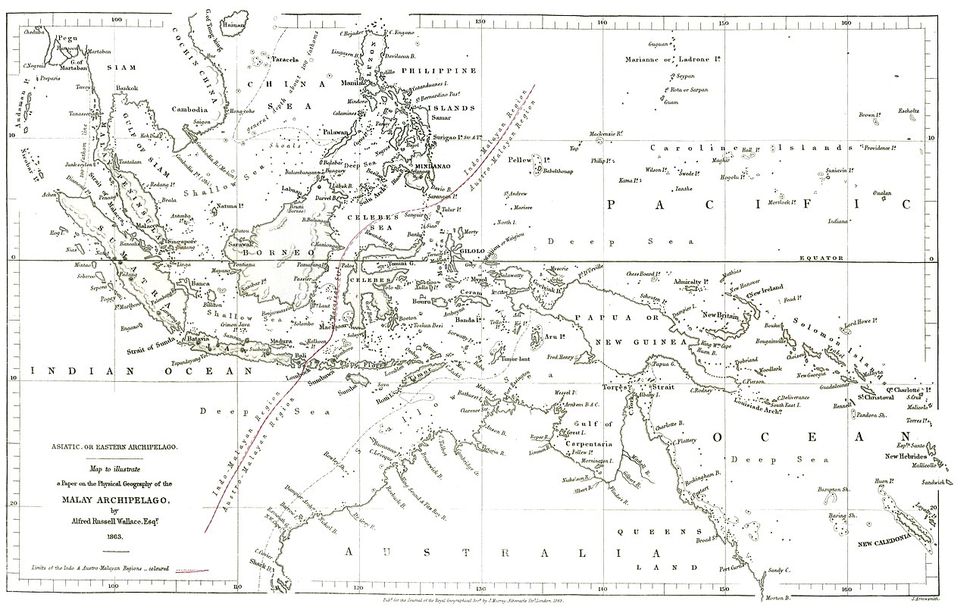After more than 160 years since its initial establishment, scientists have finally unraveled the enigmatic evolutionary puzzle associated with the Wallace Line, an imaginary and real biogeographical boundary. This boundary, named after the renowned British naturalist Alfred Russel Wallace, was observed during his exploration of the Malay Archipelago, comprising over 25,000 islands between Southeast Asia and Australia.
Wallace noticed a significant shift in species composition beyond a certain point, leading to the delineation of the Wallace Line. Creatures on the Asian side of the boundary originated solely from Asia, while on the Australian side, they represented a mixture of both Asian and Australian ancestry. This asymmetric distribution of species has perplexed ecologists for more than a century.
Recent research has shed light on the mystery by proposing that extreme climate changes, caused by tectonic activity around 35 million years ago, were the driving force behind the uneven distribution of species. During this period, Australia broke away from Antarctica and collided with Asia, giving rise to the Malay Archipelago.

Using computer simulations, scientists studied the impact of these climate changes on more than 20,000 species on either side of the Wallace Line. They found that Asian species were better suited to the climatic conditions in the archipelago at that time. The separation of Australia and Antarctica led to the Antarctic Circumpolar Current (ACC), significantly cooling the climate and creating a contrast between the warm and wet conditions in Southeast Asia and the islands and the cold and dry climate in Australia.

Consequently, Asian species found the Malay Archipelago conducive to their survival and used it as a stepping stone to migrate toward Australia. In contrast, Australian species, adapted to a cooler and drier climate, struggled to gain a foothold on the tropical islands. This disparity in adaptability explains the observed pattern of species distribution across the Wallace Line.
The findings of this study are not only relevant to the understanding of past evolutionary events but also hold implications for predicting the impacts of modern-day climate change on living species. By employing their computer model, researchers aim to forecast how current climate changes might affect species distribution and biodiversity patterns globally.



















